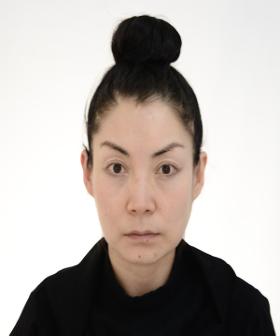Saltanat Amir sa999@cam.ac.uk
Kazakhstan
Archaeology, Magdalene College
PhD thesis: “Animal style” metal buckles and plaques: production, technology, use and cultural importance
in the Eurasian steppe belt in the Early Iron Age (8th c. BCE – 1st c. CE).
Research interests:
1. Archaeometallurgy
2. Eurasian steppes archaeology
3. Ancient textiles
4. Interdisciplinary research (i.e. metal and textiles)
My PhD focuses on Scythian-Saka “Animal” style buckles made of bronze and noble metals, dated 800 BCE – 100 CE. There are a few research objectives to be addressed:
- Technology of the buckles’ production, including types of metals and use of textiles. Technological innovations and changes in the production over time and regional differences.
- How were they used and who used them? Gender analysis, reconstruction of garment types they were used on, identification of regional differences.
- Types of textiles (backside textile imprints) that were used during the production of the objects (types of yarns, weaving technologies).
- Clarification of the chronology of the objects.
The potential impact of the research is to change the current notion of the Eurasian, including specifically the Central Asian nomadic cultures, as primarily military oriented (the buckles are associated exclusively with male belts) through the holistic study and use of scientific approaches.
Who or what inspired you to pursue your research interests?
I was inspired to pursue my research interests by an unresolved technological jigsaw of using textiles for production of gold-made Iron Aged buckles, which are a part of the Siberian Collection from the Hermitage. How these buckles were produced and why the textiles were used for their production? I was inspired by a lack of information about unique ancient Eurasian steppe civilizations, their technological innovations and their impacts on both, Europa and Asia. I hope to change the attitude to nomadic population, so that nomads may be acknowledged as skillful and knowledgeable metallurgists as well as warriors. Another reason is to shed light on the high status of steppe women.

